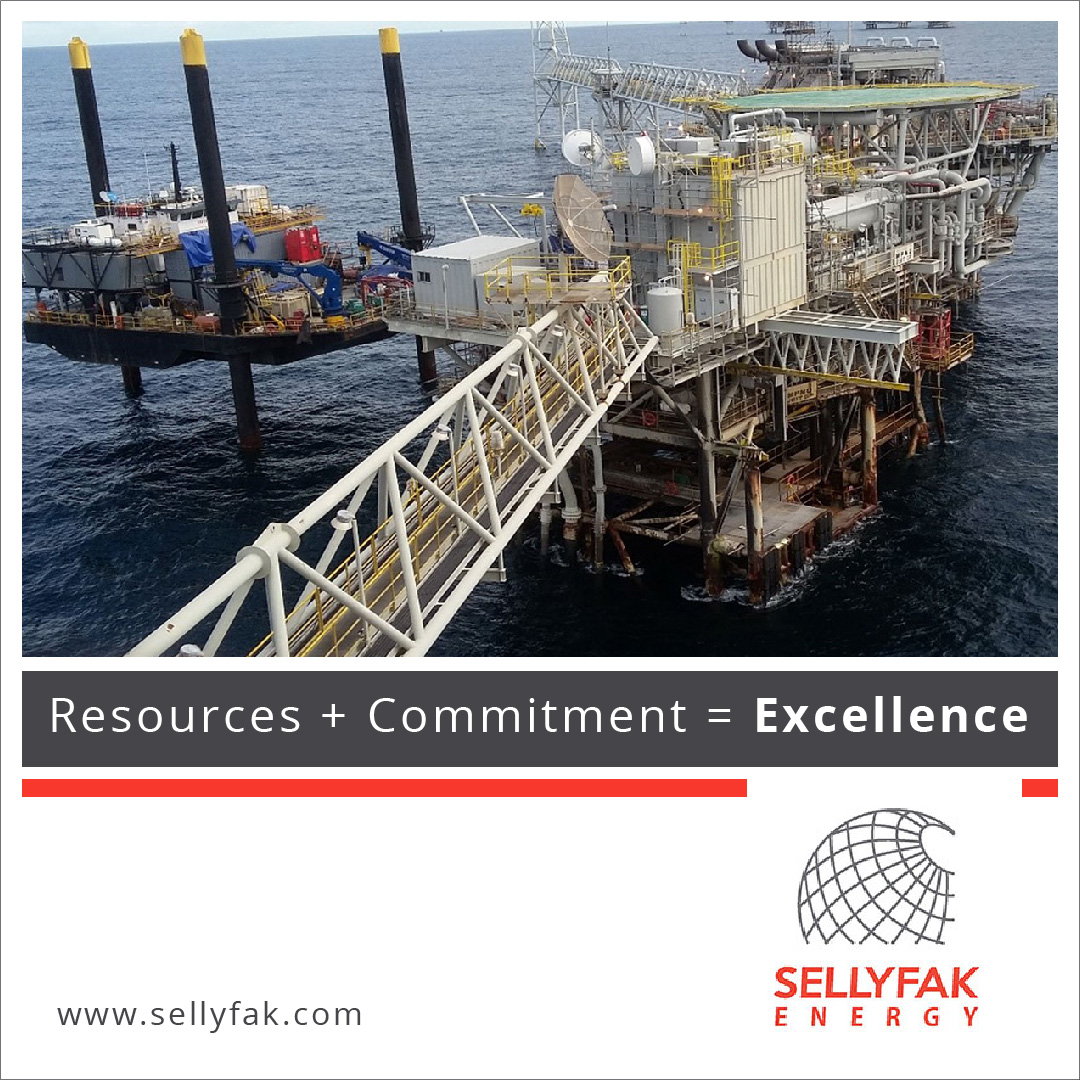Australia is set to raise income thresholds for skilled visas starting July 1, 2025, aligning them with the Average Weekly Ordinary Time Earnings (AWOTE) indexation.
This move ensures that migrant workers earn fair wages on par with Australian employees, reinforcing labor market integrity and preventing underpayment of foreign talent.
Why Are Visa Income Thresholds Rising?
Australia adjusts skilled visa income thresholds annually to reflect economic conditions and maintain equitable pay standards. The 4.6% increase effective July 1, 2025, is designed to protect skilled migrants from wage exploitation while supporting fair labor practices across industries. This policy is a cornerstone of the nation’s broader Migration Strategy, ensuring competitive salaries for overseas workers.
Updated Income Thresholds for Skilled Visas
From July 1, 2025, the following thresholds will apply to new visa nomination applications:
- Core Skills Income Threshold (CSIT): Rising from AUD 73,150 to AUD 76,515. This applies to the Core Skills stream of the Skills in Demand Visa (Subclass 482) and the Employer Nomination Scheme Visa (Subclass 186), ensuring fair pay for core skilled occupations.
- Specialist Skills Income Threshold (SSIT): Increasing from AUD 135,000 to AUD 141,210. This targets the Specialist Skills stream of the Skills in Demand Visa (Subclass 482), reserved for highly specialized, high-earning roles.
- Temporary Skilled Migration Income Threshold (TSMIT): Climbing from AUD 73,150 to AUD 76,515, matching the CSIT. This affects the Skilled Employer Sponsored Regional Visa (Subclass 494) and the Regional Sponsored Migration Scheme (RSMS) (Subclass 187), pending legislative approval, to safeguard regional workers’ wages.
| Visa Type | Previous Threshold (AUD) | New Threshold (AUD) from July 1, 2025 |
| Core Skills Income Threshold (CSIT) | 73,150 | 76,515 |
| Specialist Skills Income Threshold (SSIT) | 135,000 | 141,210 |
| Temporary Skilled Migration Income Threshold (TSMIT) | 73,150 | 76,515 |
Who Will These Changes Affect?
The updated thresholds apply to new nomination applications submitted on or after July 1, 2025, for the following visa categories:
- Skills in Demand Visa (Subclass 482) – Core Skills and Specialist Skills streams
- Employer Nomination Scheme (Subclass 186)
- Skilled Employer Sponsored Regional Visa (Subclass 494)
- Regional Sponsored Migration Scheme (Subclass 187)
Key Considerations for Visa Applicants
- Market Salary Rate Compliance: From July 1, 2025, new applications must meet either the revised income thresholds or the Annual Market Salary Rate (AMSR), whichever is higher. This guarantees fair compensation aligned with Australian standards.
- Exemptions for Existing Holders: Current visa holders and applications submitted before July 1, 2025, remain unaffected by these changes.
- Regional Visa Impact: Applicants targeting regional roles should note the TSMIT increase, ensuring their wages reflect the new minimum.
Employers sponsoring foreign workers under Subclass 482, 186, 494, or 187 visas must adhere to the updated thresholds or the AMSR, whichever is greater. This ensures that skilled migrants receive competitive salaries, mirroring what Australian workers earn in similar roles.
The new rules apply exclusively to applications lodged on or after July 1, 2025. Existing visa holders and pending applications submitted prior to this date will not face adjustments to their income requirements, offering stability for those already in the system.
What Employers Must Do
Employers nominating skilled workers need to take the following steps:
- Calculate the AMSR: Accurately determine the Annual Market Salary Rate for the role.
- Match or Exceed Standards: Ensure the proposed salary meets or surpasses the AMSR and the relevant income threshold.
- Special Requirement for Salaries Under AUD 250,000: If the annual salary is below AUD 250,000, employers must prove it is no less than the applicable threshold (CSIT, SSIT, or TSMIT).
These obligations ensure compliance with Australia’s commitment to fair pay for migrant workers.
The 4.6% hike in skilled visa income thresholds underscores Australia’s dedication to equitable labor conditions. Employers and visa applicants must prepare for these changes to meet the new standards by July 1, 2025.
Staying informed about these updates covering skilled migration, visa income rules, and employer responsibilities will be critical for a smooth transition.

